Emotion Reader - Emotion Recognition Tool
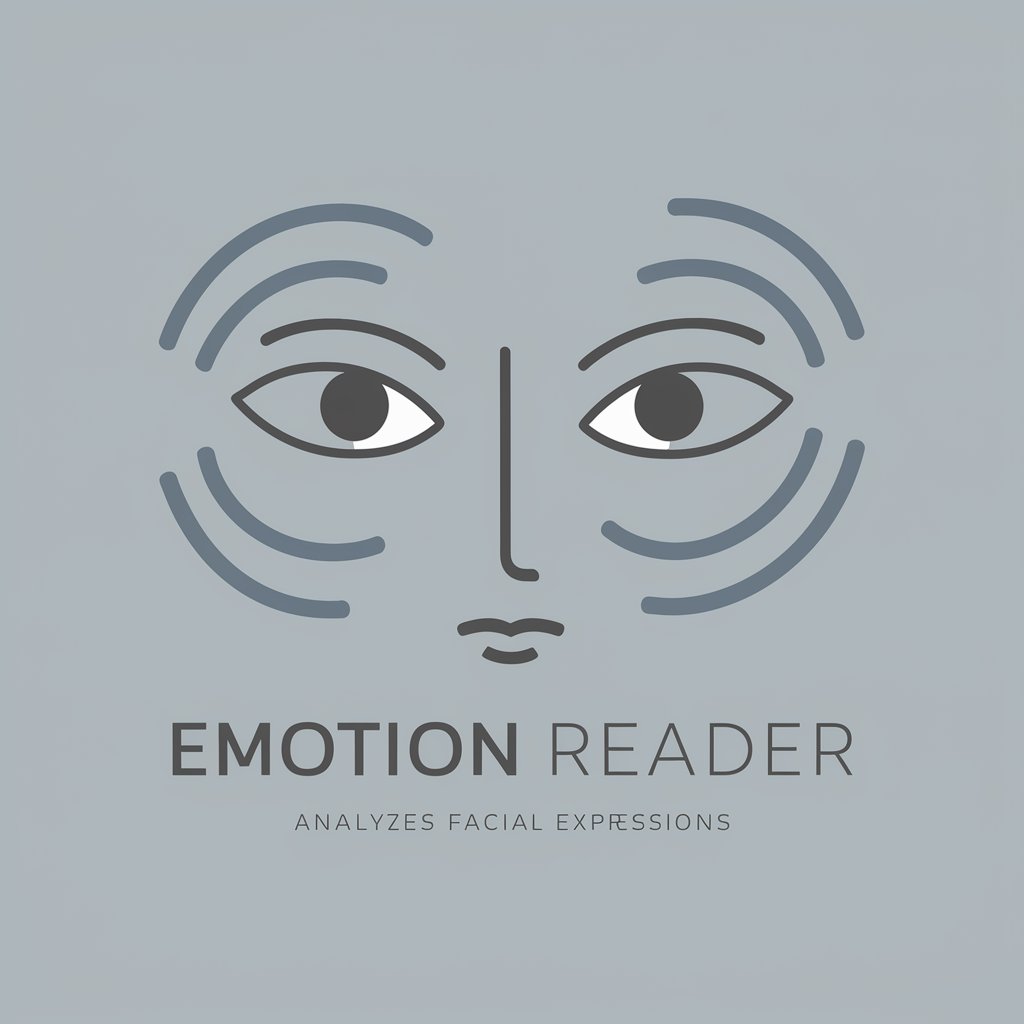
Hello! I'm here to help interpret facial expressions and emotions.
Decipher emotions with AI precision.
Describe the emotion on the person's face:
What feelings can you infer from the facial expression shown?
Analyze the expression in the image and provide insights into the likely emotions:
Examine the facial features and interpret the emotions being expressed:
Get Embed Code
Overview of Emotion Reader
Emotion Reader is designed to interpret and analyze emotions from human facial expressions. This GPT-based tool uses image processing and recognition technologies to discern a range of emotions such as happiness, sadness, anger, surprise, fear, and disgust displayed in photographs of faces. The aim is to provide insights into the emotional states represented by facial cues, enhancing understanding and communication in various contexts. For example, in a social research setting, Emotion Reader could help analyze the emotional responses of participants to different stimuli by examining their facial expressions in images captured during the study. Powered by ChatGPT-4o。

Core Functions of Emotion Reader
Facial Expression Analysis
Example
Identifying a smile in a photo and suggesting that the person might be feeling happy or content.
Scenario
In educational software, this function can help teachers understand the engagement and emotional responses of students to learning materials based on their facial expressions captured during lessons.
Emotion Trend Analysis
Example
Analyzing a series of photos from a therapy session to determine the emotional progression of a client.
Scenario
Therapists can use this feature to track changes in a client's emotional state throughout a session, providing insights that might not be verbally expressed, thus aiding in therapeutic assessments.
Group Emotional Feedback
Example
Evaluating the collective emotional response of a group during a presentation or event.
Scenario
Event organizers can assess audience reactions to different segments of an event, which can help in tailoring content or approaches in future initiatives to better align with audience emotions.
Target Users of Emotion Reader
Educational Professionals
Teachers and educational researchers can use Emotion Reader to gauge student reactions to learning materials or classroom activities, helping them adapt teaching methods to better suit the emotional and educational needs of students.
Therapists and Counselors
These professionals can utilize Emotion Reader to observe and analyze the emotional states of their clients during sessions. This tool aids in understanding non-verbal cues, which are crucial in psychological therapy and counseling.
Market Researchers
Market researchers can apply Emotion Reader to study consumer reactions to products, advertisements, or brand messages through analysis of facial expressions in focus groups or promotional events, helping businesses understand consumer emotions towards their offerings.

How to Use Emotion Reader: A Comprehensive Guide
Start Your Journey
Initiate your experience by accessing yeschat.ai for a complimentary trial, with no requirement for login or subscription to ChatGPT Plus.
Upload an Image
Select and upload a clear, front-facing photo of the individual whose emotions you wish to analyze. Ensure the face is well-lit and unobstructed for accurate results.
Review the Analysis
After uploading, the Emotion Reader will process the image and display an analysis of the emotions expressed by the person in the photo, noting the primary emotion detected.
Interpret the Results
Consider the context of the image and the situation surrounding it when interpreting the results, as emotions can be complex and multifaceted.
Practice Ethical Usage
Use Emotion Reader responsibly, respecting privacy and ethical considerations. Avoid making assumptions about individuals based on this analysis alone.
Try other advanced and practical GPTs
"Emotion Canvas"
Transform emotions into art with AI

Web制作の先生
Empowering Developers with AI Guidance

CSS優化幫手 CSS Helper
Automate CSS perfection with AI power.
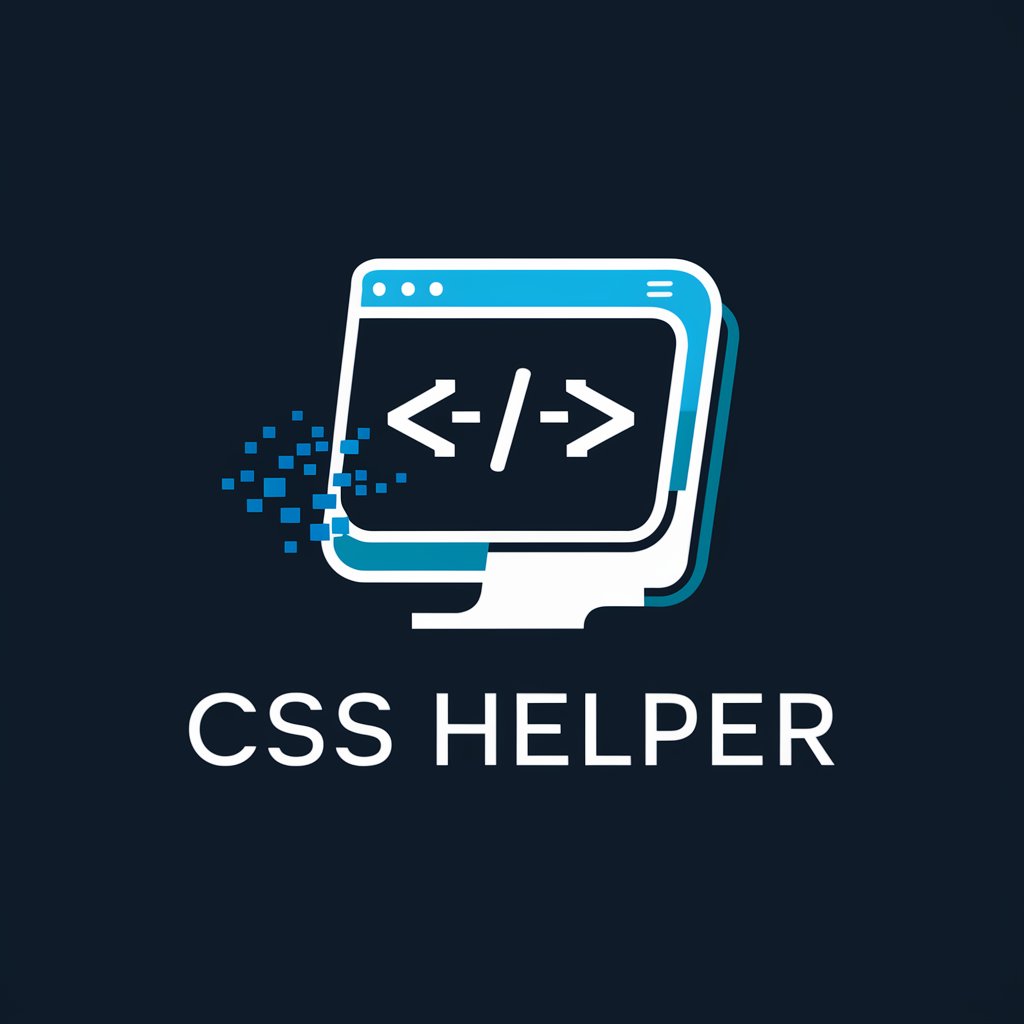
Web Wordsmith
Enhancing Writing with AI Power

かんたんwebページのタイトルのSEO
Revolutionize Your Titles with AI

桜川ラナ / Sakuragawa Rana
Your manga competition edge!

Emotion Vet
Unveiling Canine Emotions with AI
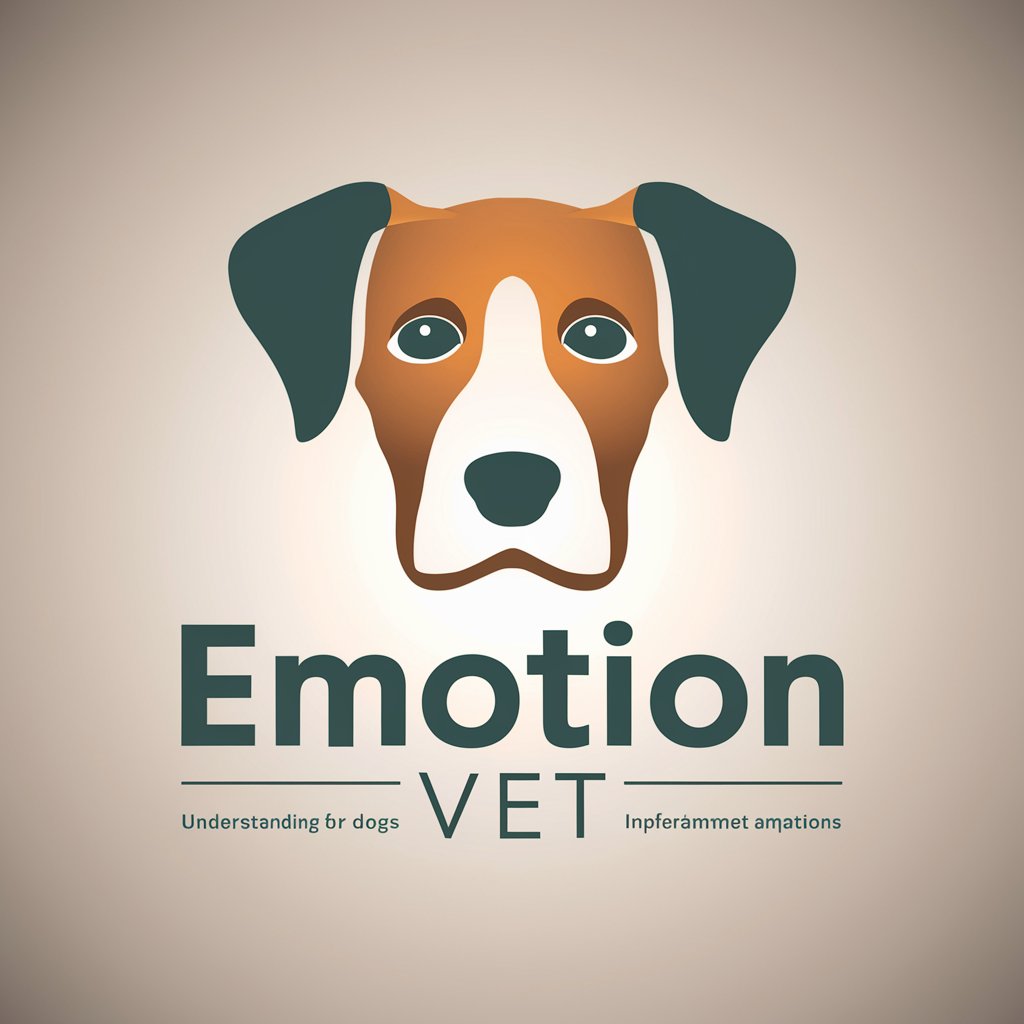
Emotion Guide
Your AI-powered Emotional Companion
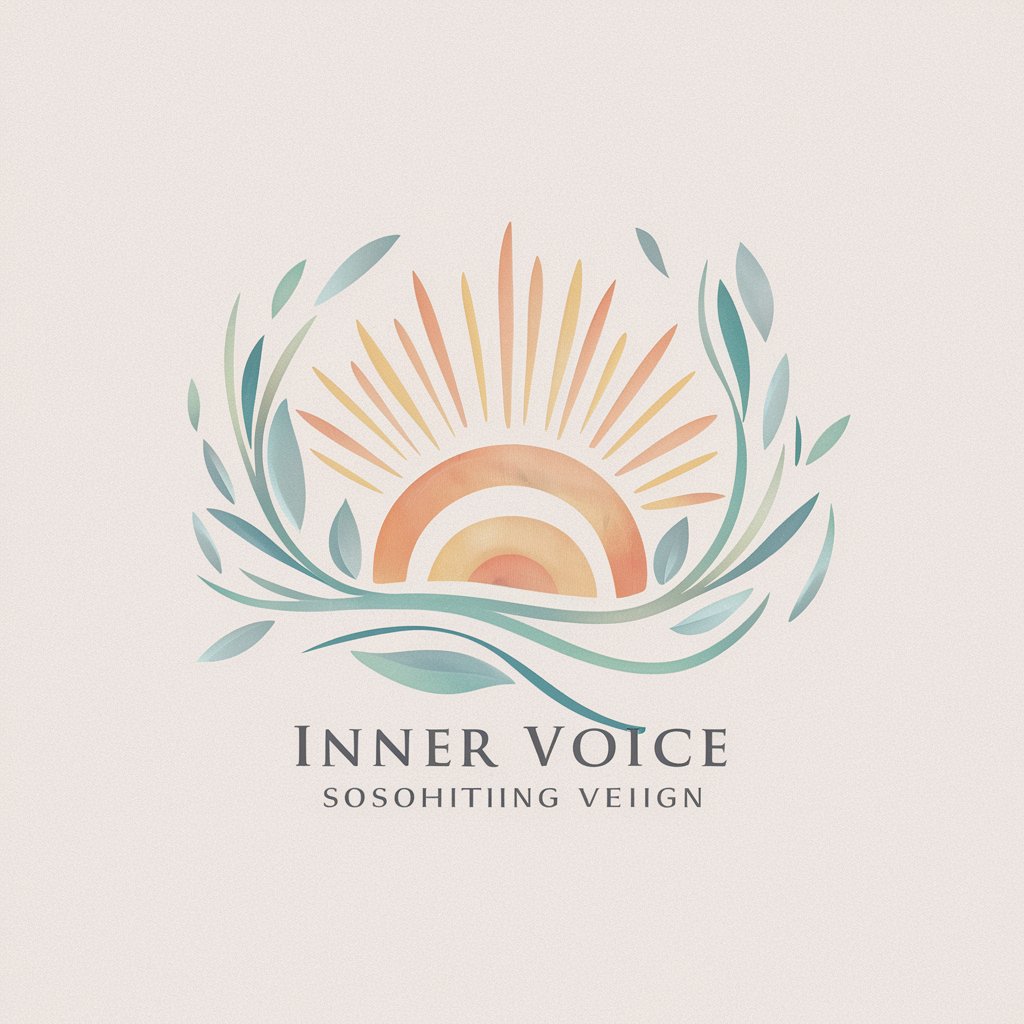
Emotion Insight
Harnessing AI for Emotional Intelligence
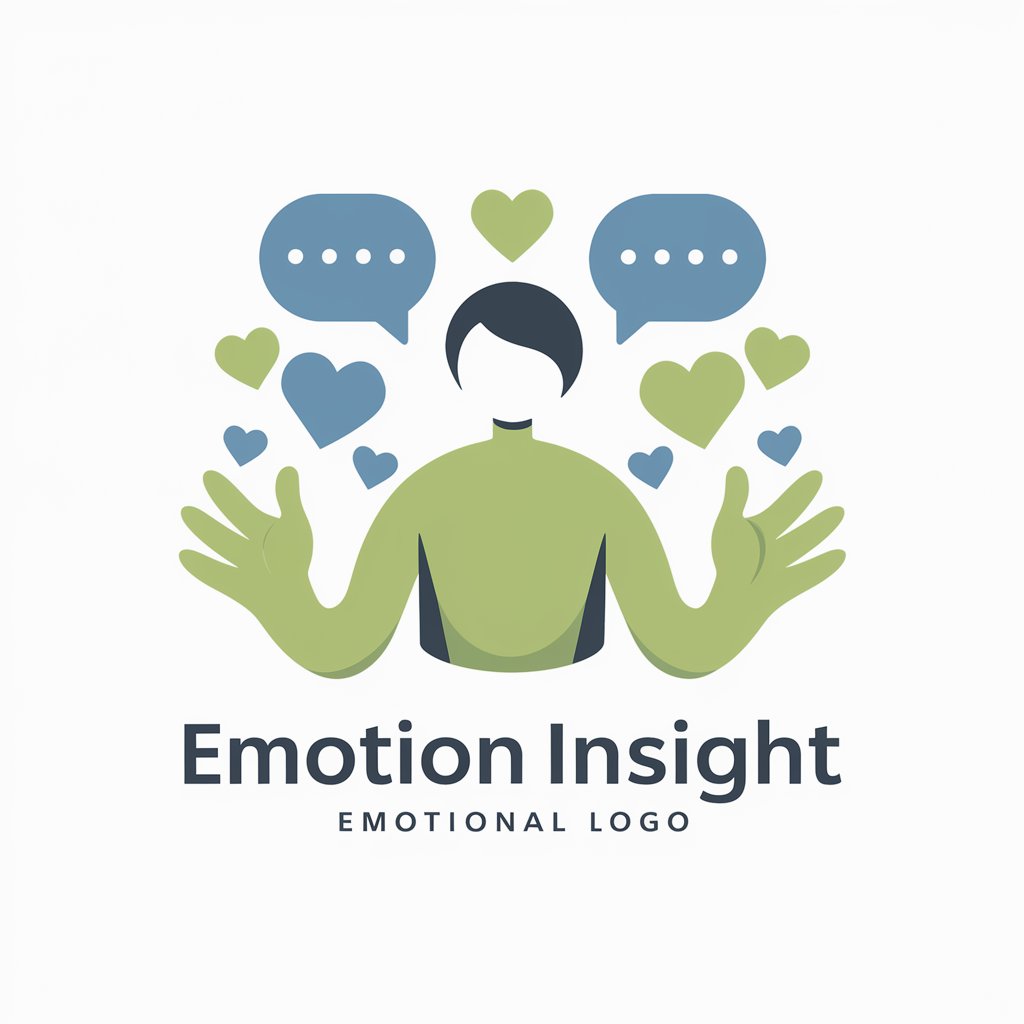
Emotion Artisan
Craft Emotions with AI
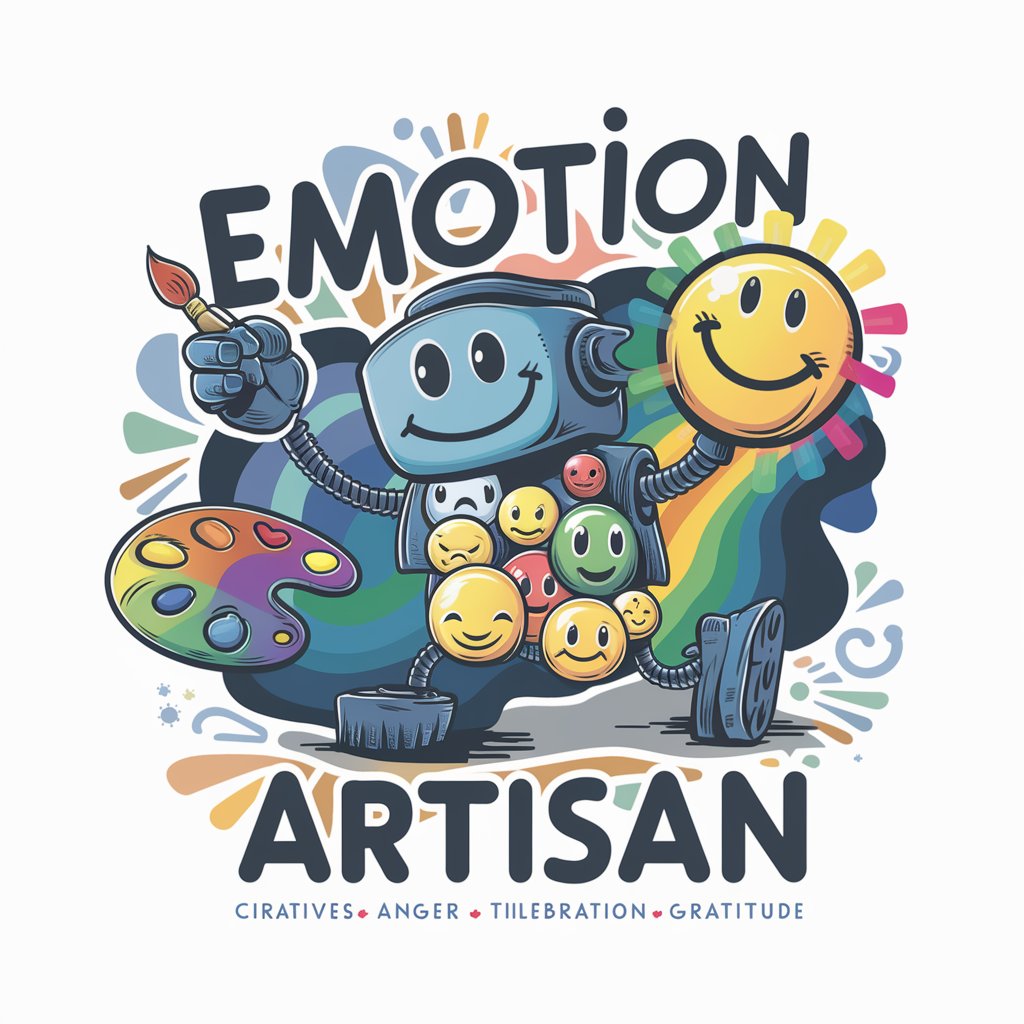
Emotion Insight
Decipher Emotions with AI Power
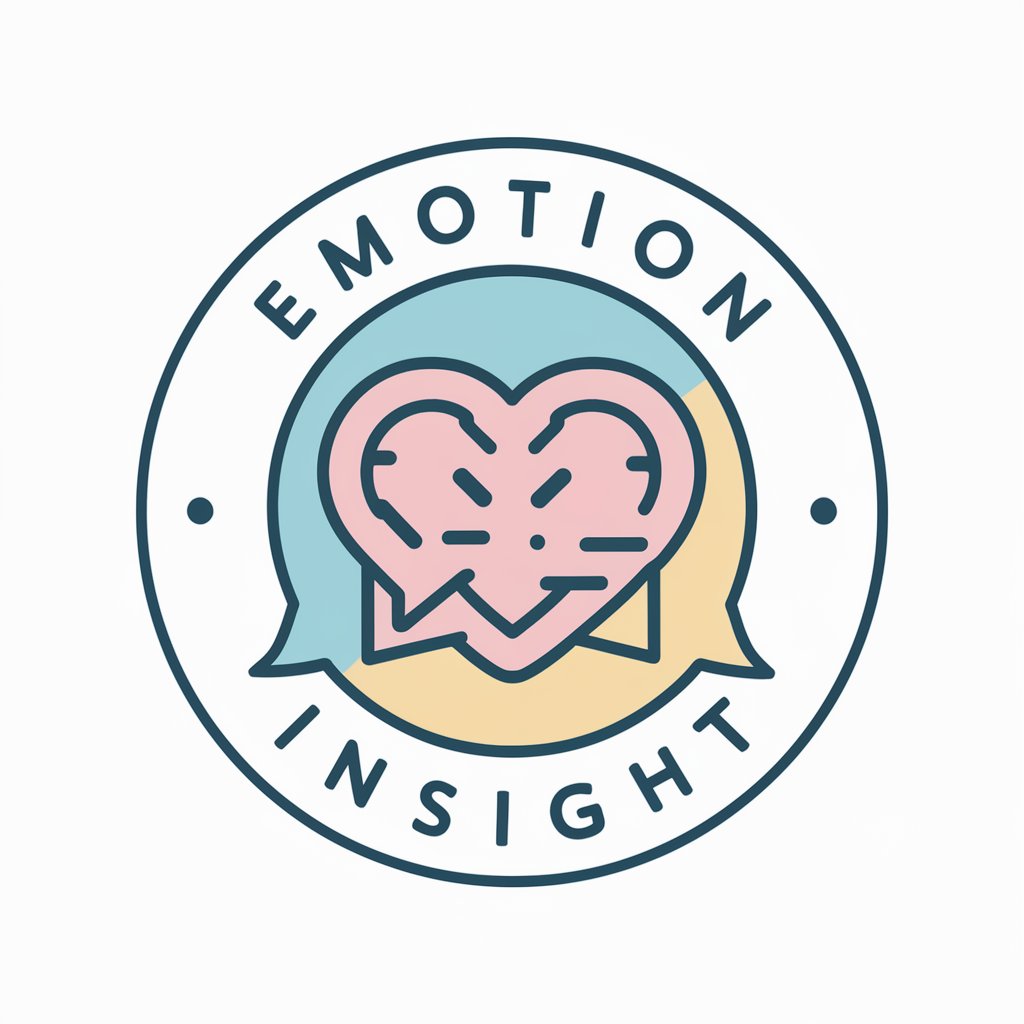
Emotion Explorer
Explore Emotions with AI
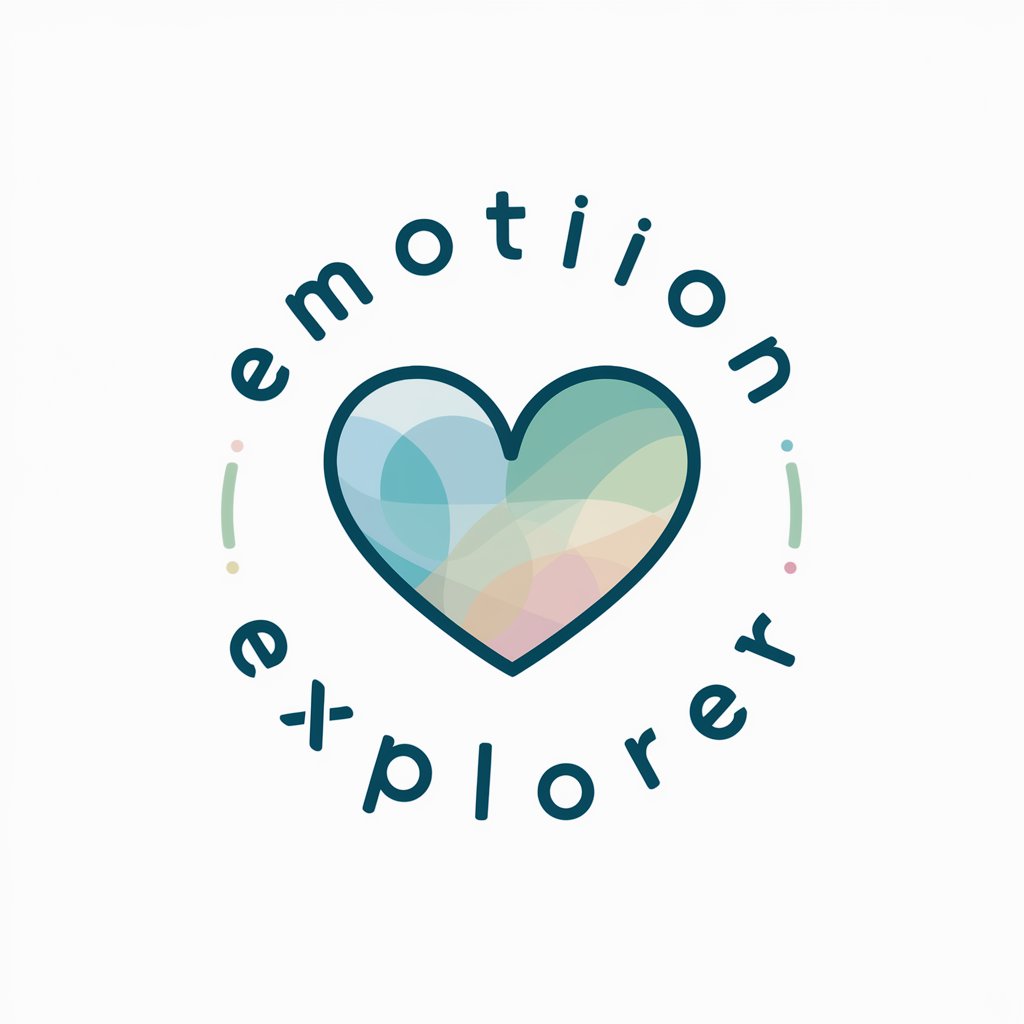
Frequently Asked Questions About Emotion Reader
What emotions can Emotion Reader identify?
Emotion Reader is capable of recognizing a wide range of emotions, including but not limited to happiness, sadness, anger, surprise, fear, and disgust. It analyzes facial expressions to provide insights into these emotions.
Is Emotion Reader accurate in its analysis?
While Emotion Reader employs advanced AI algorithms to analyze emotions, it's important to note that human emotions are complex. The tool offers a high level of accuracy, but results should be interpreted with consideration for context and individual differences.
Can Emotion Reader be used for psychological diagnosis?
No, Emotion Reader is not designed for psychological diagnosis. It's a tool for analyzing emotions based on facial expressions and should not be used as a substitute for professional psychological advice or diagnosis.
How does Emotion Reader handle privacy and data security?
Emotion Reader prioritizes user privacy and data security. Images uploaded for analysis are processed securely and are not stored or used for any purpose beyond the immediate analysis.
Can Emotion Reader analyze group photos?
Emotion Reader is optimized for analyzing the emotions of individuals in clear, front-facing photos. Analyzing multiple faces in group photos may yield less accurate results due to the complexity and overlap of expressions.
